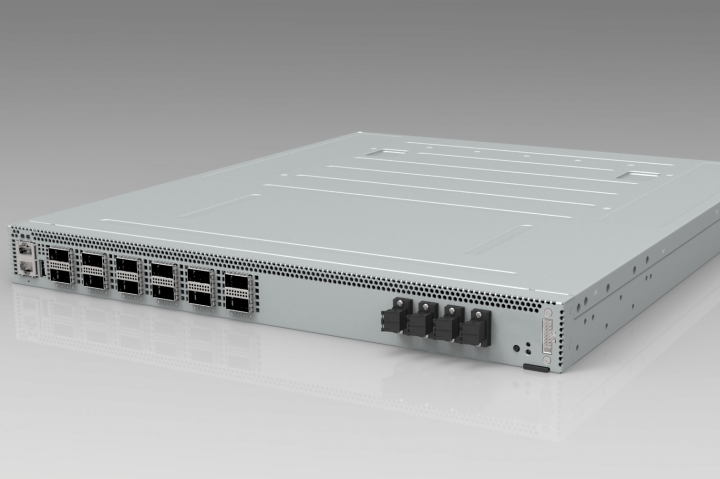
The device, called Voyager, is an optical switch described as the first “white box” transponder for Open Packet DWDM optical networks. Unlike conventional copper-based networks, optical networks (also known as optical fiber networks) use light pulses to transfer data.
Voyager is being developed as part of Facebook’s burgeoning Telecom Infra Project (TIP), an open-source telecoms initiative similar to the company’s Open Compute Project (OCP) for computer hardware. The latter was launched five years ago and has seen Facebook collaborate with other tech giants (such as Microsoft, Apple and Intel, among others) on data center server product designs.
Facebook describes its approach to optical networking in the following excerpt from its blog post announcing Voyager:
“More and more people are connecting to the internet every day, and as new services like video and VR become more popular, those people are using more and more bandwidth. These two factors are driving the need for more scalable and cost-effective infrastructure … The highest-performing “bandwidth and reach” are still fiber-based technologies — in particular, switching, routing, and transport DWDM technologies. Facebook is exploring new approaches in this space, focusing on packet-optical technologies.”
As with OCP, Facebook is hoping TIP can drive down hardware prices and accelerate the growth of telecoms technology. TIP’s members include Intel, and Nokia (both of which are also involved in OCP) along with network operators such as Deutsche Telekom, SK Telecom, E2E, and Globe.
“We have a huge opportunity to move the industry forward to solve the connectivity challenges we’re all facing, and we’re going to have to work together if we want to make the most of that opportunity,” said Jay Parikh, Facebook’s global head of engineering and infrastructure.
The Voyager device includes parts designed by Acacia Communications, and software from startup Snaproute. Global data center company Equinix carried out tests of Facebook’s optical switches inside two of its interconnected data centers in Silicon Valley, with chief technology officer Ihab Tarazi claiming the company was “thrilled [with] the initial results.”
Christoph Glingener, chief technology officer and chief operating at ADVA Optical Networking (which provided commercial support for Voyager) also praised the device in his statement: “What has been developed here is a true landmark in our industry. It’s a game changer that will open up networks to a whole new range of customers.”
Correction: The original article incorrectly implied that copper-based networks are slower than optical networks, this has been corrected.


